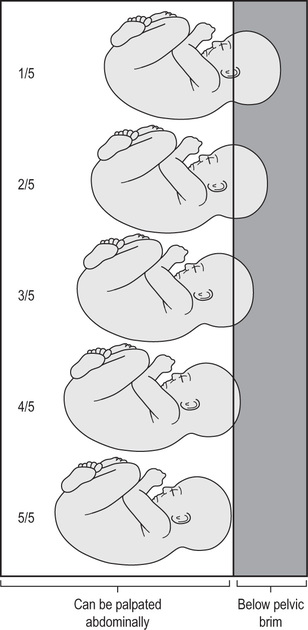danazol anterior pituitary suppressant drug. defaecation evacuation of bowels. defibrillation termination of atrial or ventricular fibrillation, usually by electric shock. deficiency lack of. D. disease disease caused by dietary or metabolic deficiency. deletion in genetics, loss of genetic material from chromosome. delirium mental disturbance marked by hallucinations, delusions, restlessness, incoherence. denaturation test Singer’s test; blood test to distinguish fetal from maternal blood. denidation degeneration and expulsion of uterine lining during menstruation. Denis Browne splint special boot designed to correct talipes. dental care dental care is free during pregnancy and up to 1 year after delivery. Department of Health (DH) the body responsible for administering NHS. Depo-Provera See medroxyprogesterone acetate. desquamation shedding of superficial epithelial cells from any part of body. detoxication process of neutralising toxic substances, liver function. detrusor general term for body part that pushes downwards, e.g. d. muscle.
D
Nurse Key
Fastest Nurse Insight Engine
Get Clinical Tree app for offline access




